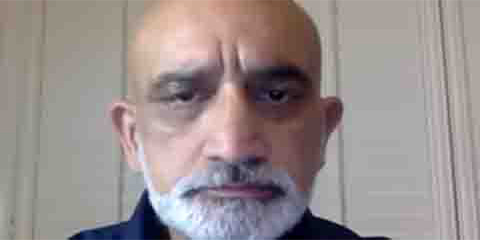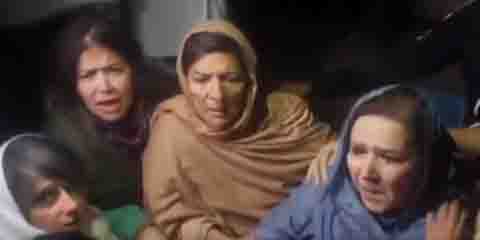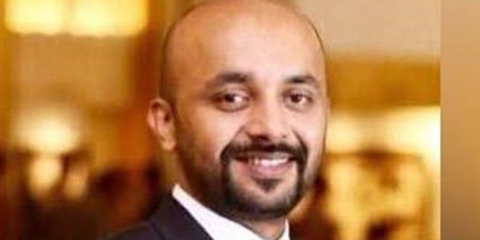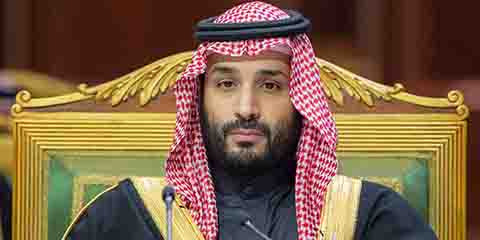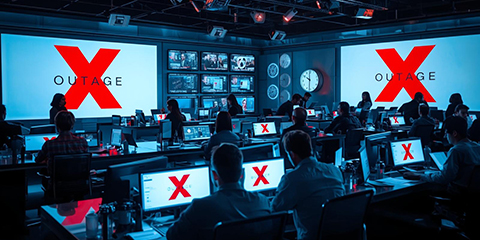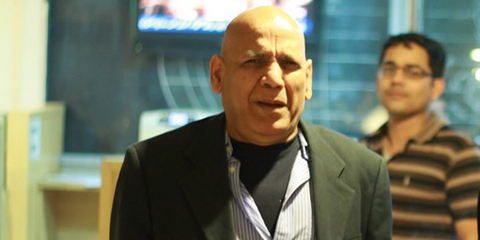New study shows alarming decline in press freedom in Pakistan
JournalismPakistan.com | Published 3 hours ago | JP Global Monitoring Desk
Join our WhatsApp channel
A new international study reveals heightened threats, political pressures, and declining press freedom for Pakistani journalists, alongside widespread job insecurity and growing editorial constraints.Summary
ISLAMABAD — According to the Worlds of Journalism study (WJS3), Pakistan’s contemporary media landscape reflects decades of political upheaval, restrictive laws, and persistent safety threats affecting journalists nationwide. Successive governments since 2013 have introduced regulatory measures that curb media freedom, despite acknowledging the hybrid nature of the country’s political system. Allegations of electoral interference in the 2024 general elections have added to this climate, coinciding with Pakistan’s fall to 152 on the 2024 World Press Freedom Index and the killing of eight journalists that same year. Government regulators and ministries increasingly use vaguely worded legislation, including the Prevention of Electronic Crimes Act, to suppress dissent and influence editorial decision-making.
Fieldwork for the study began in mid-2023 amid political and economic instability, delays caused by security concerns, and heightened tensions involving the former prime minister’s party. By late 2024, relative stability allowed researchers to complete data collection nationwide.
Who Pakistani journalists are and how they work
The sample shows a workforce that is predominantly young and highly educated, with 28 percent women and 72 percent men. Most journalists have university-level training, and nearly three-quarters have undergone additional short-term courses or apprenticeships. Thirty-one percent work in print, 42 percent in TV, and 15 percent in native digital media. A large majority are employed by private outlets, and 57 percent hold permanent full-time contracts, though nearly half of the profession faces some degree of job insecurity.
Journalists work an average of 44.6 hours per week, with significant reporting stress. About three-quarters are union members, but most do not serve in managerial roles. Many report holding secondary jobs to supplement income.
Safety concerns remain a defining feature of the profession. Respondents cited verbal abuse, public discrediting, surveillance, hacking, workplace bullying, and questioning of personal morality as common threats. More severe risks, such as intimidation of family members, abductions, and physical attacks, were less frequent but deeply alarming. Advocacy groups have repeatedly warned that political unrest and restrictive policies continue to diminish media space in Pakistan.
Journalists generally view their societal role as one centered on public service. Large majorities emphasized educating the audience, promoting peace and tolerance, countering disinformation, identifying solutions to social problems, and supporting national development. Political agenda-setting ranked far lower among their priorities.
On epistemological questions, journalists broadly agreed on the importance of facts, objectivity, accuracy, and transparency, though many believed truth is shaped by power dynamics and that interpretation is sometimes necessary.
In matters of ethics, most respondents prioritized professional standards while accepting that extraordinary circumstances may justify deviations. Many said controversial methods such as hidden recordings or paying for confidential information could be acceptable on occasion.
Pressures shaping editorial autonomy
Only about a quarter of journalists reported having considerable freedom in selecting or framing stories, and just 16 percent believed Pakistan enjoys press freedom. Respondents pointed to external and internal pressures that influence newsroom decisions. These include editors, owners, editorial policy, media laws, resource constraints, and government censorship. The military was also cited as a significant force shaping news content.
Influences from business managers, advertising considerations, self-censorship, personal beliefs, government officials, politicians, religious institutions, and even criminal groups further contribute to a highly pressured work environment. The combined effect underscores a media system constrained by political interests, economic instability, and regulatory controls.
KEY POINTS:
- Pakistan’s media environment is marked by political instability, restrictive laws, and rising threats
- Only 16 percent of journalists believe there is press freedom in the country
- Verbal attacks, surveillance, and hacking are among the most common threats journalists face
- A majority of journalists prioritize education, peace, and social responsibility over political roles
- Editorial independence is constrained by owners, editors, government pressure, and military influence
- Nearly half of journalists lack job security despite high levels of education and training
PHOTO: AI-generated image representing Pakistani journalists in a newsroom setting.



